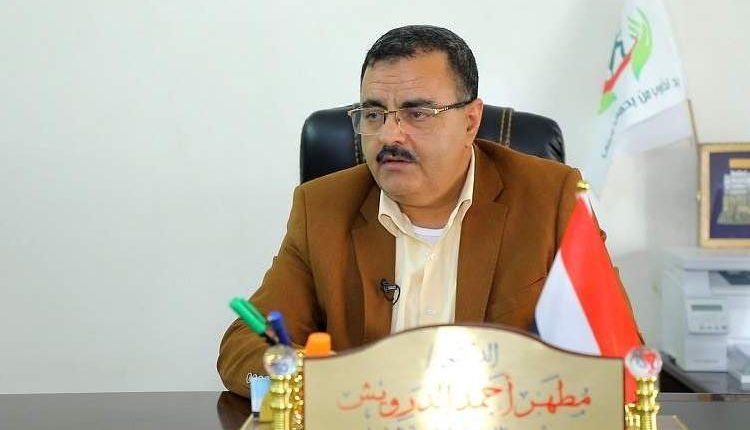Yemen Needs Daily Medical Flight Departing from Sana’a Int. Airport for One Year
Head of the Supreme Medical Committee, Dr. Mutahar Al-Darwish, stressed that Yemen needs a daily flight for a year to save the lives of thousands of patients and to overcome the disaster created by the siege over the past seven years
“1,200 patients with their helpers traveled through 15 flights provided by the truce, noting that they constitute only 2% of the total patients in need of treatment abroad,” he said. “35% of patients who need treatment abroad are children, 80% of them have congenital heart defects,” he added.
The head of the Supreme Medical Committee also indicated that 40% of patients who need treatment abroad are women, breast and thyroid cancers top the list of diseases.

